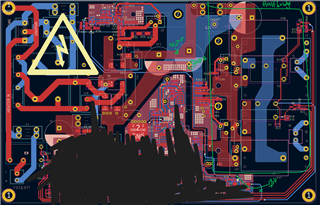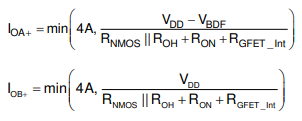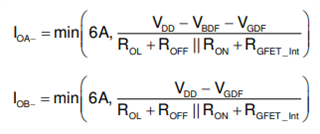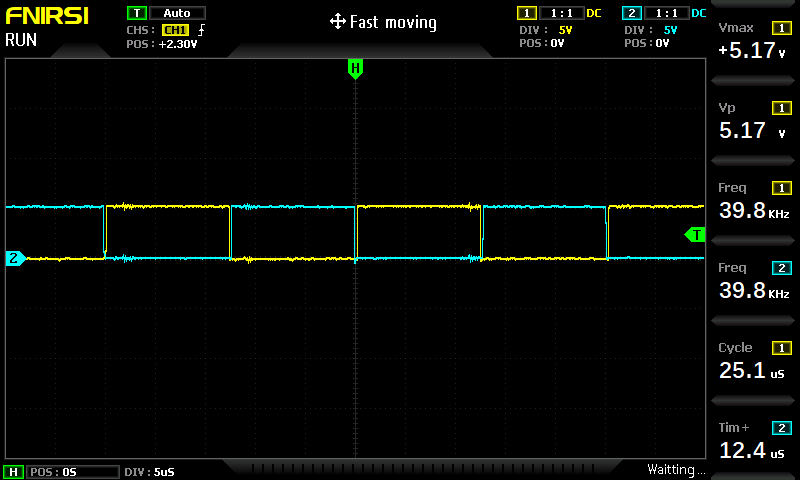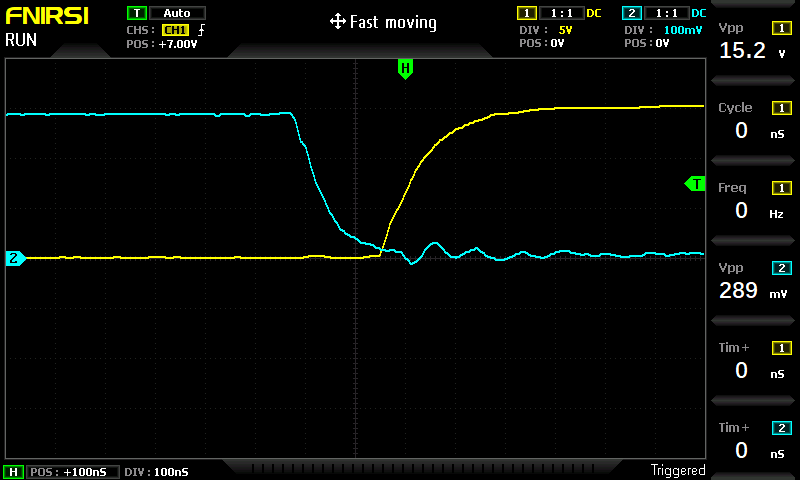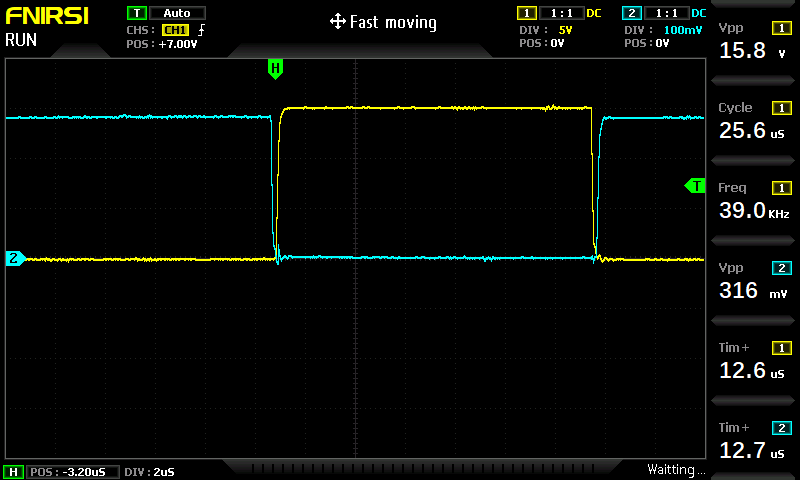Other Parts Discussed in Thread: UCC28056
Tool/software:
Hi,
The circuit is a half bridge circuit driven by a UCC21550BQDWRQ1 isolated gate driver to drive an ultrasonic transducer load 60W, 40kHz. The circuit has a PFC UCC28056BDBVT. Attached are the schematics and PCB layout. There is no rectifier needed as a sine wave is required at the output to drive the ultrasonic load. The filter consist of a single LC network.
The primary concern is the half bridge circuit.
The test with no load (no transformer connected as the relay is OFF):
- The UCC21550BQDWRQ1 input PWM was supplied by UCC28086DR.
- The low power side was supplied by 5V DC
- The Isolated side of UCC21550 by external regulated power supply of 13.5V DC
- The PWM output both on the INA, INB (5V, 0V) and OUTA and OUTB (13V 0V) showed the expected voltage values.
- The Input power was initially 385V DC, the PFC output and it was working fine. The Bulk capacitor is charged up to the input voltage before turning ON the UCC21550.
- The circuit have two inrush current limiters. 1) after the common mode choke and at the output of the PFC circuit.
Issue:
- The 2A fuse close to the Bulk capacitor of the half bridge circuit was connected in order to supply the PFC output voltage of 385V DC to the Input of the Half bridge circuit.
- Upon activating the UCC21550 IC, the 3A fuse connected to the input power supply from the mains blew, damaging the sense resistors of the PFC UCC8056 circuit and the VCC power to the PFC. Both the PFC UCC28056BDBVT and the UCC21550 IC shared the same external power supply. But the 2A fuse connected before the Bulk capacitor of the half bridge circuit was unaffected. Only the PFC UCC28056B was affected.
- The PFC UCC28056B circuit was remove from the board. The UCC21550 circuit INA, INB and output A and B was tested without input power supply, and it worked fine as expected.
- Since, the PFC UCC28056 circuit was removed, the input power 332V DC (240VDC without load) is then supplied directly to the half bridge.
- Upon activating the UCC21550 IC, the 2A fuse connected before the Bulk capacitor of the half bridge circuit blew immediately but the replace 3A fuse from the mains did not blow up.
- The Drain and source of both the high side and low side MOSFET of the half bridge were shorted, indicating that the MOSFET is damaged. The MOSFET was tested before being mounted on the PCB.
Question:
- What could have gone wrong with the half bridge design?
- Kindly review the schematic, especially the PCB layout and give a definitive reason why it may have failed. I can send the source file (kicad) on a private chat.
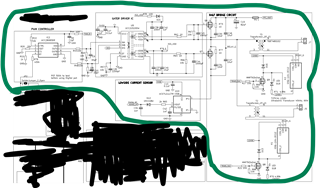
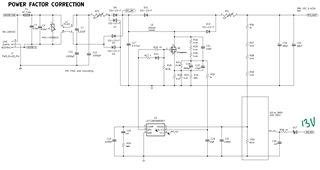
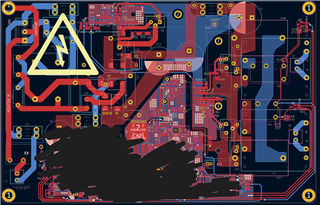
Kind regards
Bright


